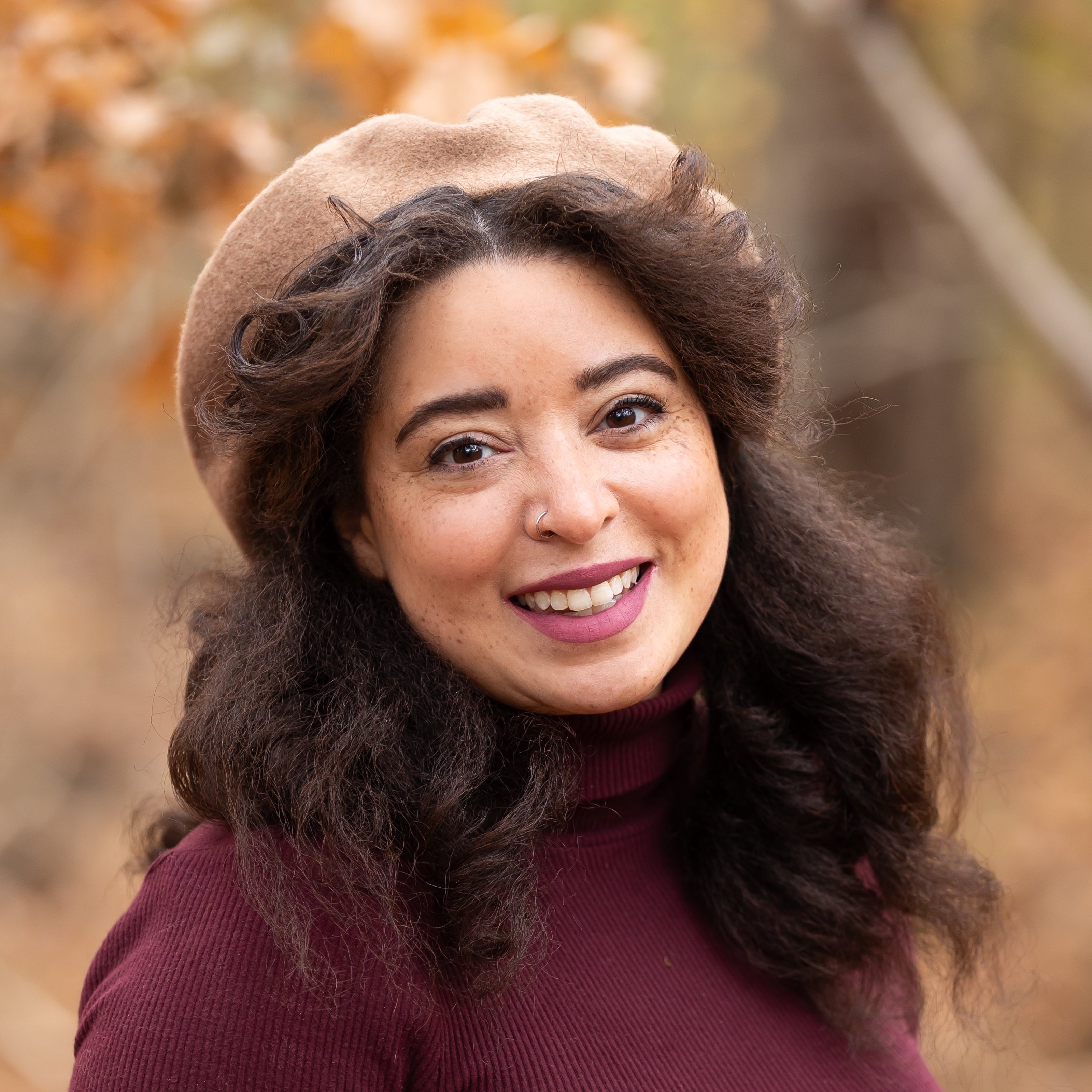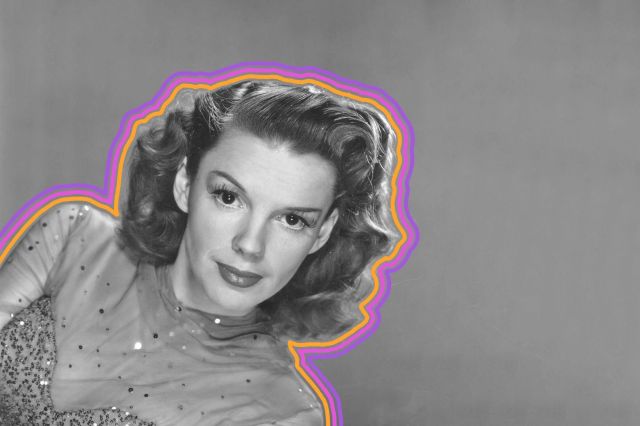8 Decadent Facts About Chocolate
Original photo by Lia Bekyan/ Unsplash+

Who can resist the velvety richness of chocolate cake, or the melt-in-your mouth sweetness of a chocolate bar? Not many, considering that the average American eats almost 20 pounds of chocolate each year. The appeal only increases when you take into account that dark chocolate is scientifically proven to reduce stress, lower blood pressure, and improve brain function. Let these eight facts about chocolate (and the cacao trees that create it) deepen your appreciation for this historic and fascinating treat.

Humans Have Enjoyed Chocolate for Thousands of Years
Evidence from an archaeological dig site in the Amazon suggests that humans have enjoyed chocolate for much longer than scientists previously realized. While the origins of consuming chocolate are often linked to some Mesoamerican civilizations — such as the Olmec and Maya peoples — ancient pots containing chocolate residue have also been unearthed farther south, in Ecuador. The containers were collected from Santa Ana-La Florida, an ancient village belonging to the Mayo-Chinchipe people, whom researchers believe regularly consumed chocolate between 5,300 and 2,100 years ago.

Some Early Chocolate Was Served as a Boozy Drink
The Olmec people, who likely lived in communities throughout modern-day southern Mexico between 1200 and 500 BCE, were some of the earliest humans to enjoy chocolate, though not exactly in the same way we do today. Some researchers believe the Olmecs fermented the pulp from cacao fruit to make a hard-hitting drink with a 5% alcohol content.

Cacao Trees Can Live for Centuries
Cacao trees are an evergreen species native to Colombia, Ecuador, Venezuela, and other countries in the northern region of South America. Maxing out at 39 feet tall, the trees can reach more than 200 years of age, though researchers aren’t entirely sure of their ultimate life span. That’s because cacao trees only produce fruit for about 25 years, and are often cut down and replaced with younger, productive trees.

Chocolate Was an 18th-Century Cure-All
Today, chocolate can cure a bad mood, though some 200 years ago, many people believed it could remedy a variety of medical ailments. Early pharmacists and doctors marketed chocolate as a miracle food that could cure coughs, hangovers, and indigestion, and nourish the sick back to health. Even Benjamin Franklin — under the pen name Richard Saunders — recommended chocolate as a cure for smallpox in his 1761 Poor Richard’s Almanack.

Cadbury Created the First Heart-Shaped Chocolate Boxes
Heart-shaped boxes full of chocolates are forever linked with Valentine’s Day thanks to a marketing ploy from the mid-1800s. British chocolatier Richard Cadbury had created “eating chocolates” — small treats made from excess cocoa butter — and needed a clever way to package them. In 1861, Cadbury introduced his handmade heart-shaped boxes decorated with roses, Cupids, and other Valentine’s Day symbols. The boxes were a hit, with romantics using them to store love letters and other mementos long after the chocolates were devoured.

One Chocolate-Making Brand Created Two Iconic Candies
Chocolate bars are today a candy aisle standard, and a far departure from the earliest chocolate blocks. While bitter and naturally oily chocolate was commonly shaped into bricks during the 18th and 19th centuries, it was sold as an ingredient meant for cooking, not as a stand-alone confection. J. S. Fry & Sons, a British chocolate maker, is credited with molding the world’s first chocolate bar meant for eating in 1847, sweetening the confection with sugar. Nearly three decades later, the Fry brand released the first known hollow chocolate Easter eggs.

It Takes a Lot of Cacao to Make Chocolate
While a single cacao tree produces thousands of blossoms per year, not every flower will develop into a chocolate-producing pod. Only 10% to 30% of the fruit — up to 70 pods per tree — will survive the five to seven months it takes to mature for harvest. Despite all that work, the harvest doesn’t go far. Cacao pods contain 20 to 60 beans each, and it takes about 400 beans to make just 1 pound of chocolate.

Most of the World’s Chocolate Comes From Two African Nations
While cacao trees are native to parts of South America, most of the world’s commercial crop is grown in Africa. Most farms are located within 10 degrees north and south of the equator, where the finicky trees have access to rainforest-like conditions for consistent temperatures, high humidity, and regular rainfall. Côte d’Ivoire and Ghana are the world’s leading cacao producers; farmers there grow more than half of the world’s chocolate supply, all of which must be harvested by hand.

Nicole Garner Meeker is a writer and editor based in St. Louis. Her history, nature, and food stories have also appeared at Mental Floss and Better Report.
top picks from the optimism network
Interesting Facts is part of Optimism, which publishes content that uplifts, informs, and inspires.
















































































